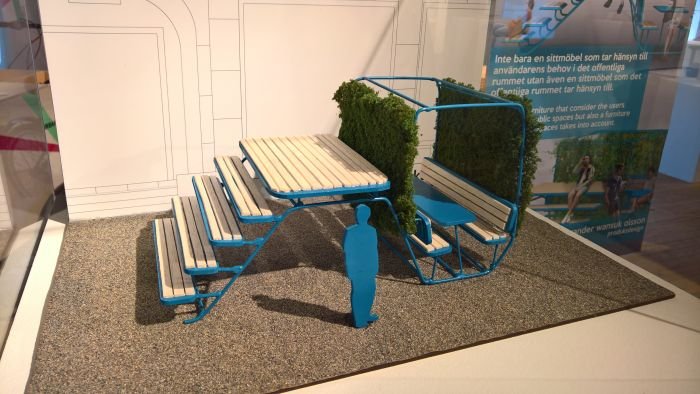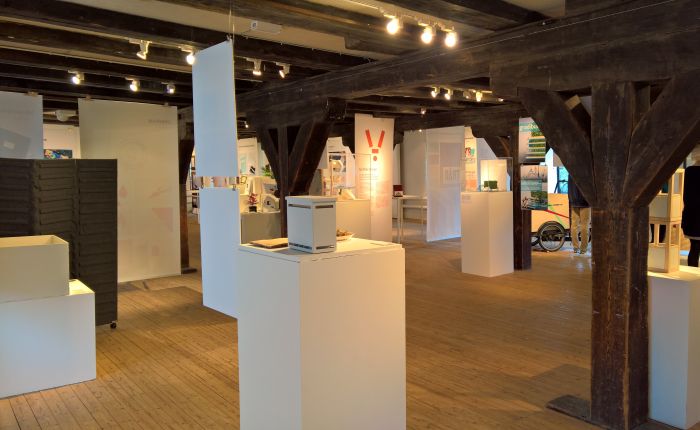It is fair to say that Malmö University wasn't on our radar before we began our 2017 #campustour.
Which is in no way to detract from the institution, far from it, much more it highlights our ignorance. And also one of the aims of our tour, achieving a better understanding of contemporary European design education.
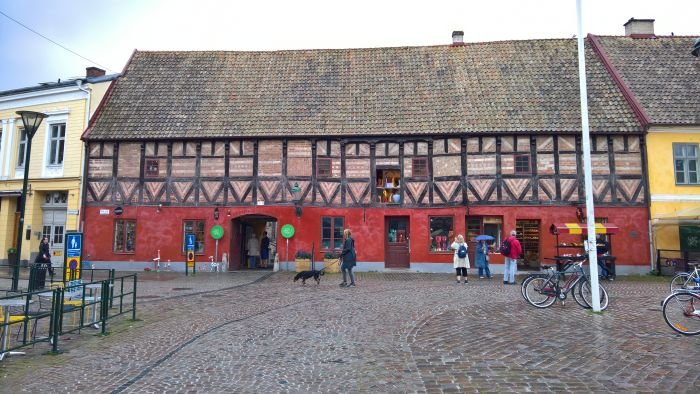
Established in 1998, partly in context of a Swedish government higher education initiative, partly in context of efforts to transform and reposition the city against a background of irreversible industrial decline, Malmö University largely arose from an amalgamation of vocational and academic courses offered by Malmö municipal authority and those Lund University departments based in Malmö, including the Dental School and Teacher Training College.
Amongst the new departments established in 1998 was the School of Arts and Communication, colloquially known as K3 - Konst, kultur och kommunikation - within the Faculty of Culture and Society, and home of the Product Design Bachelor: a three year course which, according to the university website, offers an interdisciplinary education coverings aspects such as, design history, materials, production technology and design for sustainable development.
And which ends with a Bachelor thesis and project. And hopefully a degree.
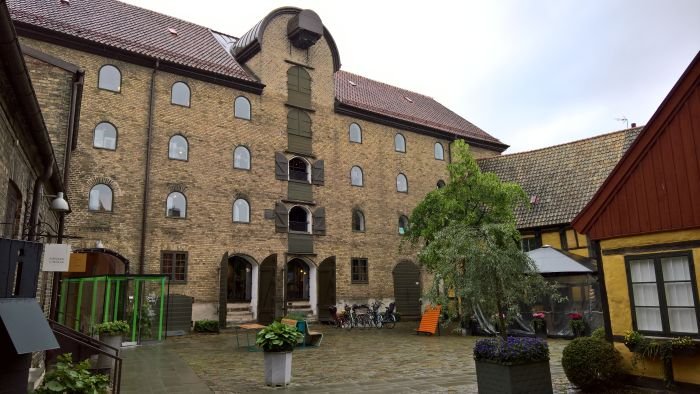
The 2017 Malmö University Product Design graduation exhibition was staged in context of Malmö's Form/Design Center's Vårutställningen - Spring Exhibition - of graduation projects from students across a range of disciples and colleges in and around Malmö
Although presenting only around a dozen or so projects, the works covered a fulsome spectrum of contemporary design themes including, and in addition to classic product design, social design, conceptual design, materials technology and recycling, in which context the project Skalet by Mathilda Frick which uses egg shells as the basis for a new material particularly caught our imaginations. And is one of those projects we know is going to continue to occupy us for a goodly time yet.
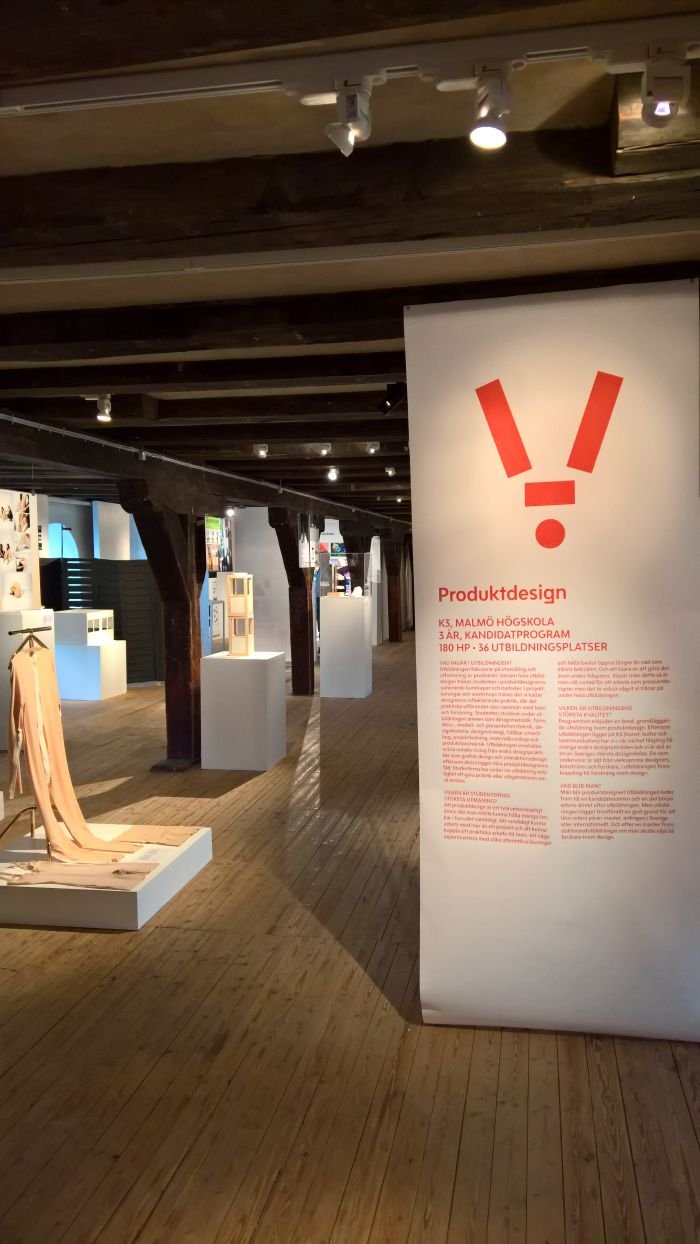
In context of furniture and home furnishings patina is in serious danger of becoming little more than another weapon in the marketeers armoury. Which would be a real shame, for not only is the development of a natural patina in itself a most appealing process, but, and in an ideal situation, patina also has an emotional context: the evolution having taking place through the stages of your life and the experiences of you, and those close to you, with that object.
With her project Keep me Klara Lindqvist aims to harness this emotional context in an attempt to encourage us to more carefully consider those objects which surround us, to hold onto our furniture for longer, or as the title implores, to keep them. And thus to consume less and, hopefully, consume better.
The result is a wooden cupboard adorned with spikes/pyramids, spikes/pyramids which over time wear down and thus chart the (hi)story of its use.
While we really like the idea, we're less keen on the object. For us it is too aggressive. We know that it is an easy, arguably lazy, position, and we fully appreciate that the tips of the spikes/pyramids offer an excellent form for the required wear, and that through the wearing of the spikes/pyramids the form will become much softer and rounder: but we're just seeing medieval martyrs being flayed across it. Which isn't what you want in your living room or hallway. Honestly, it's not.
Arguably our position arises from the whole cupboard being adorned. Spikes on the top and an alternative solution from the door could, possibly, force us to reconsider. Which we'd like to be forced to do, for as a concept it does appeal.
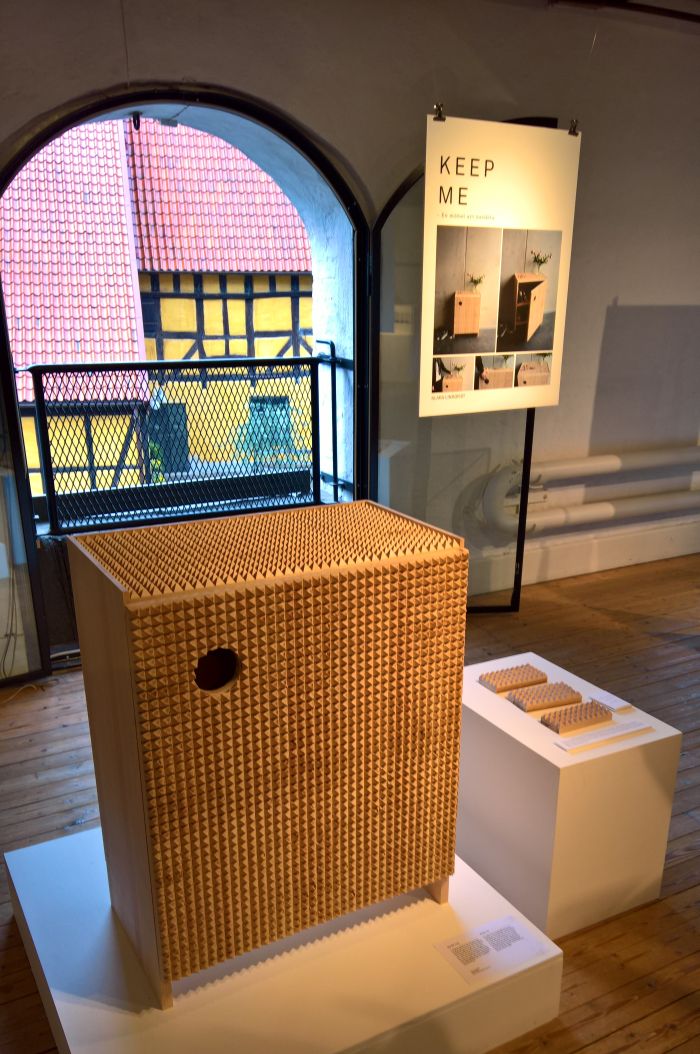
With Please take a seat! Alexander Olsson aims to offer a public seating solution which encourages greater social interaction. While we really like the object he has created, we don't believe it will achieve the desired aim. Why not? Because almost all users are facing the same direction. Or at least would be if they weren't all facing their smartphones. In addition the form largely dictates where people will sit and the distances between them. To encourage analogue social interaction we firmly believe you have to make it easier to talk to someone than engage with your phone, and that for us requires less formal situations, situations where the how and where to sit are less obvious.
An opinion in which we fully accept we could be very, very wrong. We often are.
But an opinion we feel a recent visit to a beer garden underscores. At a nearby table sat a group of eight young men, four on one side of the table, four on the other. All enjoying a cheeky afternoon beer, and the company of their telephones. When they did speak it was to discuss Instagram. Familiarity not only breeding contempt, but emboldening our habits. Getting the chaps away from their phones necessitates, for us, placing them in an unfamiliar situation.
However as an item of public furniture Please take a seat! is a very appealing proposal, offering as it does a wide range of ways via which the user can interact with it, including some most distracting, and very welcome, playful options.
Full details on Malmö University's School of Arts and Communication (K3) can be found at http://mah.se/K3
